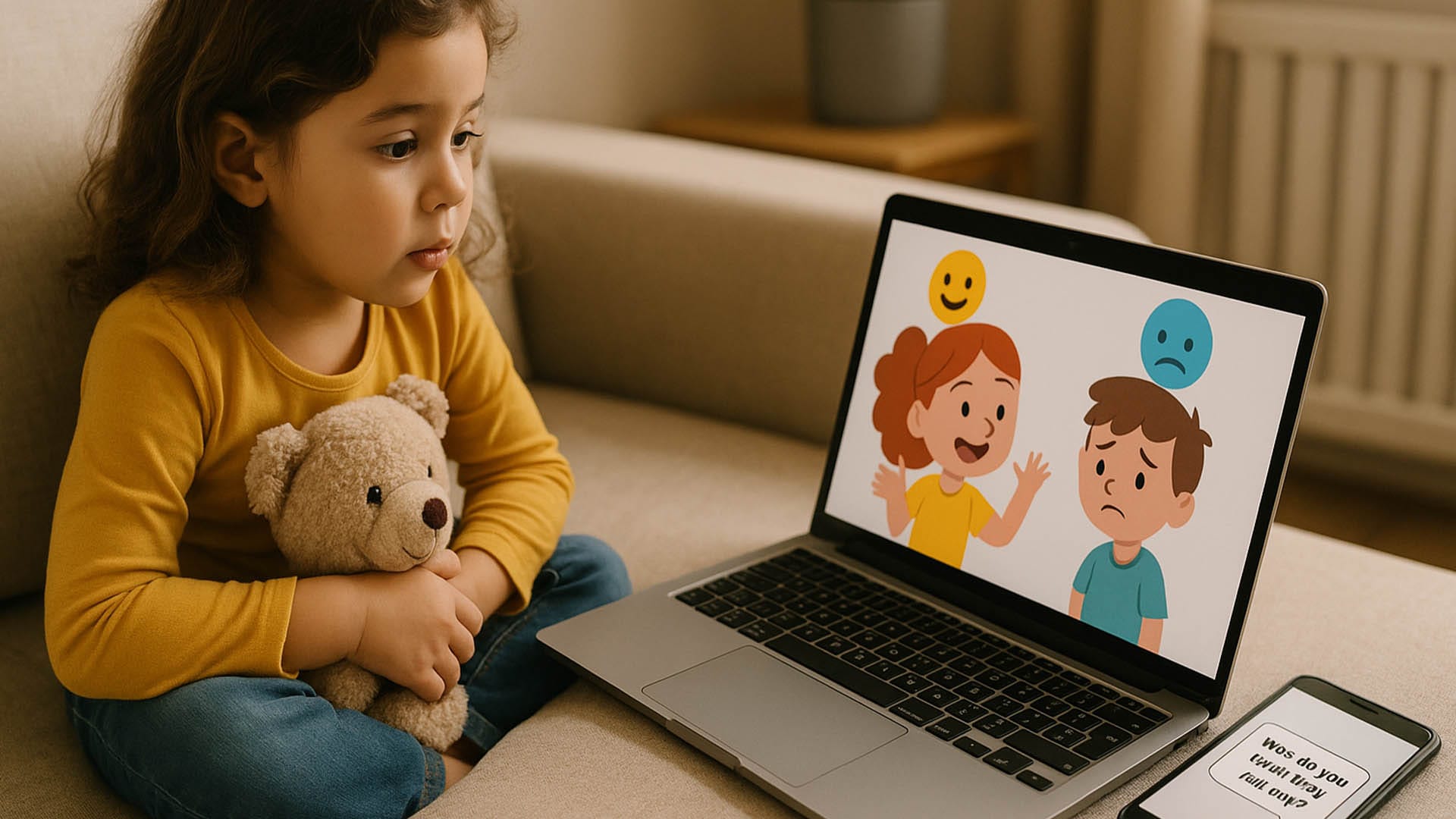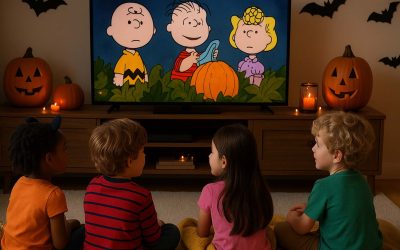With children consuming more video content, it can be hard to turn passive watching into active emotional learning. eaSEL, introduced on arXiv in early 2025, tackles this by using AI to detect emotional moments—like joy, frustration, empathy—in videos and providing parents with prompts to discuss those moments later. It’s designed to improve children’s emotional awareness even when parents can’t watch together arXiv.
How eaSEL Works
- Emotion Detection: AI analyzes video transcripts and visuals to identify emotional scenes.
- Prompt Generation: Creates age-appropriate discussion prompts like “Why do you think they felt sad?”
- Asynchronous Use: Parents receive prompts even if they didn’t co-watch the video.
- Interactive Guides: Suggestions include drawing, acting out, or journaling feelings.
Benefits for Families
- Emotional Literacy: Helps kids articulate feelings and recognize emotions.
- Deeper Connection: Promotes meaningful talks, even when schedules differ.
- Routine Friendly: Can fit after school, bedtime, or car rides.
- Digital Balance: Transforms screen time into meaningful bonding time.
Tips for Parents
- Review prompts in the app and choose one or two to ask later.
- Encourage different expression forms—drawing, storytelling, role-play.
- Stay curious—avoid judgment and listen actively.
Conclusion
eaSEL represents a thoughtful evolution in AI parenting tools. By encouraging emotional reflection on media content—even asynchronously—it fosters richer parent-child conversations and supports emotional growth in our screen-heavy lives.
Q&A Section
Q1: Do I have to watch every video with my child?
A1: No—eaSEL delivers prompts later, so reflection can happen even without co-viewing.
Q2: At what ages is it useful?
A2: Easily fits children ages 5–12, when emotional vocabulary is still developing.
Sources:
- arXiv paper on eaSEL AI system arXiv








0 Comments